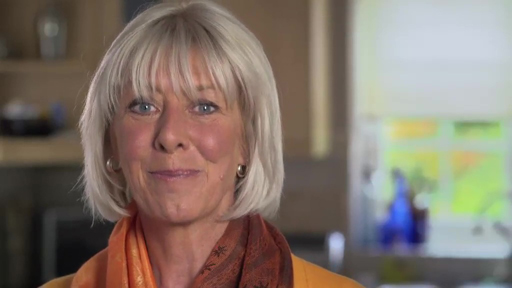Week 3: Sugar, yeast and life
Introduction

Transcript
Welcome to Week 3. This week, you will be conducting experiments using living organisms. You might be wondering if you need special licences or ethics committee approval, but as the organisms involved are only single-celled fungi, you don’t need to worry. This week, you will be experimenting on yeasts.
As single-celled organisms, yeasts are tiny; only a few, to a few tens, of micrometres (10-6 m) across. Yet despite their size, they have had a huge impact on our culture, having been used for thousands of years in the manufacture of leavened bread, beer and wine (although some of us think it reached its culinary peak in the manufacture of Marmite).
The uses we have put yeasts to might seem trivial, but for many centuries throughout the history of human culture, water supplies were often unsafe to drink, due to the presence of pathogens. It was often the case that the only safe beverage to drink was beer or wine, so the use of yeasts has been pivotal in lowering mortality rates.
